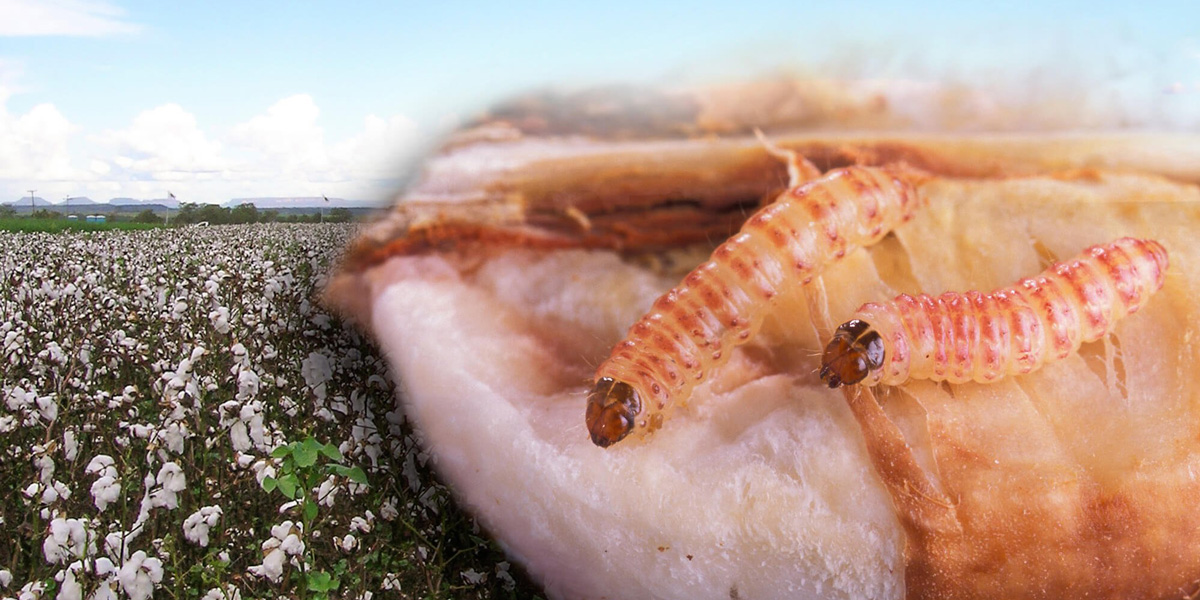
But cotton expert advises minister of good non-GMO solutions, reports Colin Todhunter
On 9 July 2025, Union Agriculture Minister Shri Shivraj Singh Chouhan announced a meeting to discuss cotton production in India. He invited suggestions from farmers to enhance cotton productivity.
In a video message, he stated:
“The productivity of cotton in our country is currently quite low. In recent times, the productivity has declined further due to the TSV virus affecting Bt cotton. Cotton production is declining rapidly, putting our farmers in acute distress. It is our resolve to increase cotton production while reducing input costs as we aim to develop climate-resilient, high-quality seeds that can withstand viral attacks.
“To address this issue, we have convened a meeting on July 11, 2025, at 10 am in Coimbatore. This meeting will include representatives of cotton-growing farmers, farmer organisations, renowned scientists from Indian Council of Agricultural Research (including the Director General of ICAR), agriculture ministers from cotton-producing states, state government officials, representatives from the cotton industry, and agricultural university experts.
“My dear sisters and brothers, we are deeply engaged in finding ways to improve both the productivity and quality of cotton. If you have any suggestions on this matter, please call and share them on our toll-free number: 18001801551. I will consider your suggestions with utmost seriousness, and together, we will prepare a comprehensive roadmap to enhance cotton production in our country.”
In response, Aruna Rodrigues, Lead Petitioner in the Supreme Court for a moratorium on GMOs, asked Professor Andrew Paul Gutierrez to write to the minister.
The professor begins by stating that he has no vested interests in the cotton industry and is not an ‘anti-GMO activist’.
Gutierrez is a biologist with more than 40 years of experience in cotton research globally and says he has studied Indian cotton production intensely over the past ten years because he was alarmed by the low yields and the massive number of farmer suicides.
Below is Gutierrez’s perspective on the problems and proposed solutions as presented to the minister (with my highlights in bold).
Problems
1. The major problem appears to be collusion between the seed companies and the Regulatory and research establishment in India leading to detrimental effects on farmer welfare (e.g., hybrid cotton, GMO Bt hybrid cotton, sub optimal low planting densities, low yields, and suicides due).
2. Hybrid cotton is extremely expensive and unique to India leading to sub optimal planting densities due to high seed costs. Hybrid cotton was implemented with false promises of increased quality and yield, and while fertile, the saved hybrid cotton seed produces highly variable cotton and hence the seed is not replanted. Hybrid cotton in India is an industry value capture mechanism that traps millions of farmers and saves the seed companies from having to pursue intellectual property rights violations in court against millions of small farmers. In contrast, fully fertile open pollinated varieties are grown globally, but farmers replanting saved seed makes them liable to expensive litigation that in most cases is not possible in India due to small farm size (value).
3. Before 2002 and the introduction of Bt hybrid cotton, outbreaks of pink bollworm (PBW) and American bollworm (ABW) resulted from industry marketing of insecticides that induced ecological disruption, insecticide resistance, and massive outbreaks of the highly damaging American bollworm. The genetic insertion of Bt genes in hybrid cotton for control of cotton pest was proposed as a solution to ABW and PBW that are native to India. But now hybrid Bt cotton has failed in India for many reasons (below).
4. Pink bollworm is the major pest and resistance to current hybrid Bt constructs is high across India, and insecticide use has increased with associate disruption resulting in still newer induced pests (whitefly, jassids, mites, etc.) and continued low yields. Resistance to Bt toxins in pink bollworm is rampant because the small farm cropping system in India does not allow for refuges for preserving susceptibility to the toxins – refuges are a stop gap mechanism at best designed to delay resistance development.
5. The widespread adoption of hybrid cotton has led to the loss of native cotton varieties adapted to local conditions over hundreds of years.
Potential solutions
1. End adverse seed industry influence on cotton research and reward Indian scientists for on field solutions beneficial to all cotton farmers. Develop industry free extension services.
2. End hybrid cotton production and adopt low cost open pure line pollinated short season varieties.
3. The use of short-season high density plantings of open pollinated cottons in rain-fed and irrigated cotton should be developed that avoid PBW infestations.
4. Field variety x density trials should be conducted for non-hybrid Desi and non-native varieties that could double yields (e.g., see fig. below) and reduce insecticide use.
5. Weather driven computer system models should be developed to aid in crop production and pest management strategy assessment – some are available.
6. Bt cottons could be implemented in straight open pollinated varieties and allowed to compete with other strategies 4 and 5 above. Likely, the GMOs would fail.
7. Tube well ground water depletion should end – it will be needed to cope with climate change.
I hope these insights are useful.
See also Hybrid Bt cotton is failing in India: cautions for Africa by Professor Andrew Paul Gutierrez et al.
Colin Todhunter is an independent researcher and writer. His open access online books on the global food system can be read on Figshare.
This article was first published on Countercurrents. It is republished on GMWatch with the kind permission of the author.
Image of pink bollworm: Peggy Greb, USDA (public domain) via Wiki Commons. Image of cotton field: Depositphotos.com (licensed purchase)










